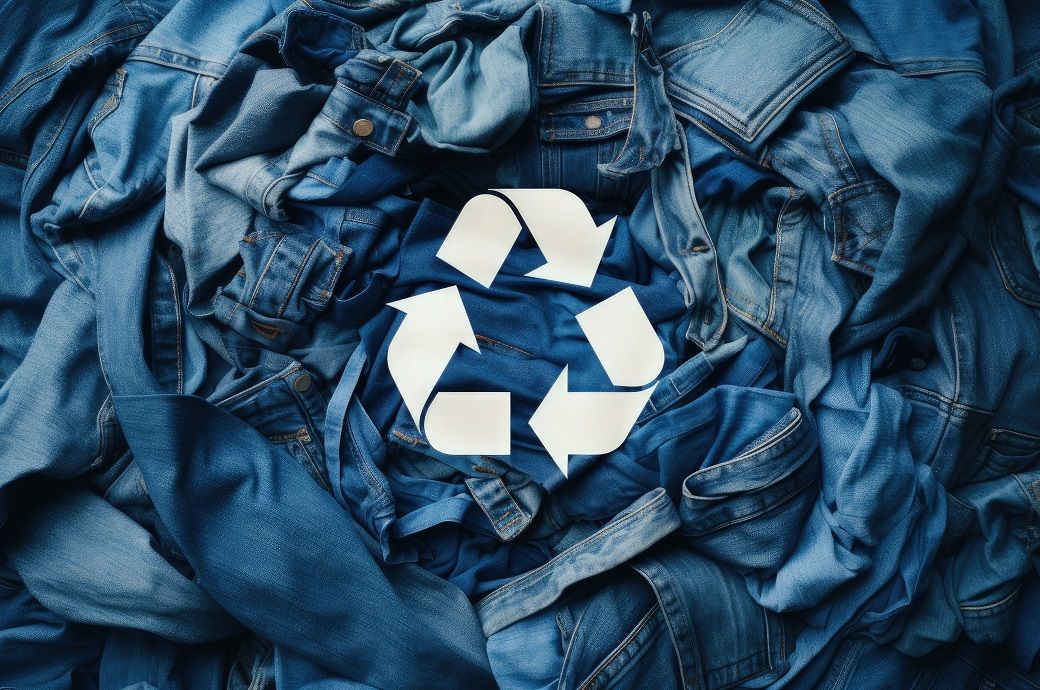
Figure *: Total Trade in Used Clothing (In $ mn)
*" src="https://static.Fibre2Fashion.com/newsresource/newscontentimages/***/f***_********T******.png" />
Source: ITC Trade Map
Receive daily prices and market insights straight to your inbox. Subscribe to AlchemPro Weekly!